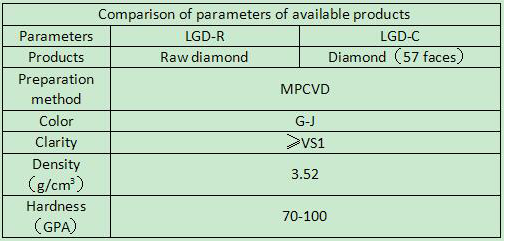Company tel:+86-379-63184520
Contact number:+86-15937921751
Postcode:471000
Email:info@yuxindiamond.com
Address:3-1-508 Luoyang National University Science Park, No. 2 Penglai Road, Jianxi District, Luoyang, China 471000
Towards Greater MRI Sensitivity by Harnessing Quantum Hyperpolarization
Researchers at the University of Melbourne have developed a technique which could increase the sensitivity of magnetic resonance imaging (MRI) for patient diagnosis. The new technique works by increasing the strength of the magnetic field produced by molecules, and hence increasing their signal when measured by MRI.
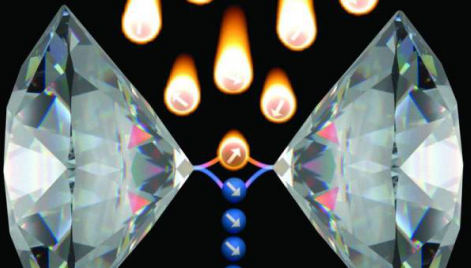
The team engineered specific defects in diamond crystals that exert a controlled quantum mechanical influence over the nuclear spins in nearby molecules, including potentially those used in metabolic imaging of brain tumours, making them 'line up' (polarise) in a specific orientation. This hyperpolarised state of nuclear spins is highly ordered and increases the magnetic field that can be detected by techniques like MRI. It is the first time that this polarisation of molecular nuclei has been shown using such a diamond-based quantum probe.
Professor Hollenberg, who is CQC2T Deputy Director and Thomas Baker Chair at the University of Melbourne, said the best MRI scanners in the world are now reaching the maximum magnetic field that can be tolerated by the human body as the technology strives for greater sensitivity. "The superconducting magnets that produce these fields are also the reason MRI scanners cost millions of dollars, as the magnets need to be kept at cryogenic temperatures," Professor Hollenberg said. "Clearly a disruptive approach is needed, so we look to using quantum technology to produce a greater signal intensity of certain molecular targets at the atomic level."
University of Melbourne PhD candidate David Broadway said the technique worked using a fridge magnet and a bit of atomic level quantum mechanics.
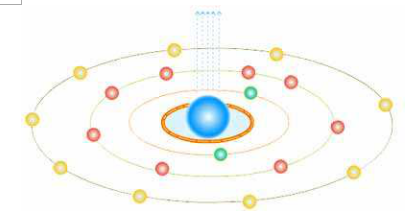
"Currently, MRI's can get about one in a million nuclear spins to line up, whereas our method could achieve nearly 100 percent to line up within molecules, potentially enhancing the imaging sensitivity by orders of magnitude."
The modified diamonds could be used to construct a "quantum hyperpolarisation" chip, over which a target molecular contrast agent could be flowed. The quantum mechanical interaction between target and quantum probes is harnessed to transfer the polarisation from the diamond to the agent, which could be injected into, or inhaled by, a patient prior to their MRI. The agent retains its polarisation long enough to, for example, travel to a tumour site, making it easier to image through MRI.
Postdoctoral researcher Dr Liam Hall said MRI-based precision medicine already employs this type of imaging, but the cost of the infrastructure required can rival that of the MRI scanners themselves. "Additionally, we would only use light shone through diamonds in the quantum mechanical production of polarised contrast agents already approved for routine use. So nothing toxic would enter the body," Dr Hall said.
Techniques for hyperpolarising nuclear spins could have a number of important applications in the physical and life sciences.
Hyperpolarised metabolites can be injected into patients and will travel to tumour sites and where they can be monitored in real-time using MRI as they're metabolised; and hyperpolarised gases can be inhaled for MRI imaging of lungs and their function. Both of these techniques have central roles to play in the dawning era of personalised medicine.
Hyperpolarisation of target molecules also increases to signal to noise ratio of high-resolution Nuclear Magnetic resonance (NMR) spectroscopy, making it an important tool for studying complex biomolecular systems.
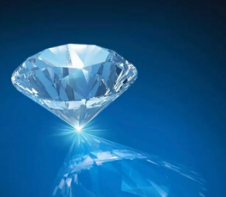
"Clearly the next step, which we are heavily focused on, is to repeat this process using macroscopically sized engineered arrays of these quantum probes in diamond to scale this technology up," Professor Hollenberg said.
"More probes equals more polarisation and more contrast agent molecules produced, but the probes start to upset each other quantum mechanically if they are packed in too closely, so we need to find the right balance,." If we can tick that box, we can then think about polarising volumes of MRI contrast agents that are detectable by the MRI scanners found in research labs and hospitals."
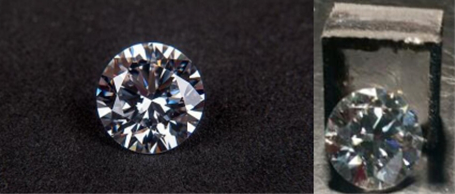
With the improvement of CVD synthesis technology, through the adoption of gas raw material (hydrogen, methane), Luoyang Yuxin Diamond Co., Ltd’s get the completely transparent and colorless large size diamond single crystal under less than one air pressure, the temperature of 800-1200 ℃ by epitaxial growth way, its composition, hardness, density, etc. are basically identical with natural diamond, but the price is much lower than that of natural diamond; different from the method of high temperature and high pressure (HTHP), CVD artificial synthetic technique does not need to use the catalyst, and puts an end to forming metal inclusions, cracks, holes, etc. in the production.
Features: after polishing, the clarity is commonly VVS and above level, color chromaticity of D-J.
We can provide raw diamond at carat level.
